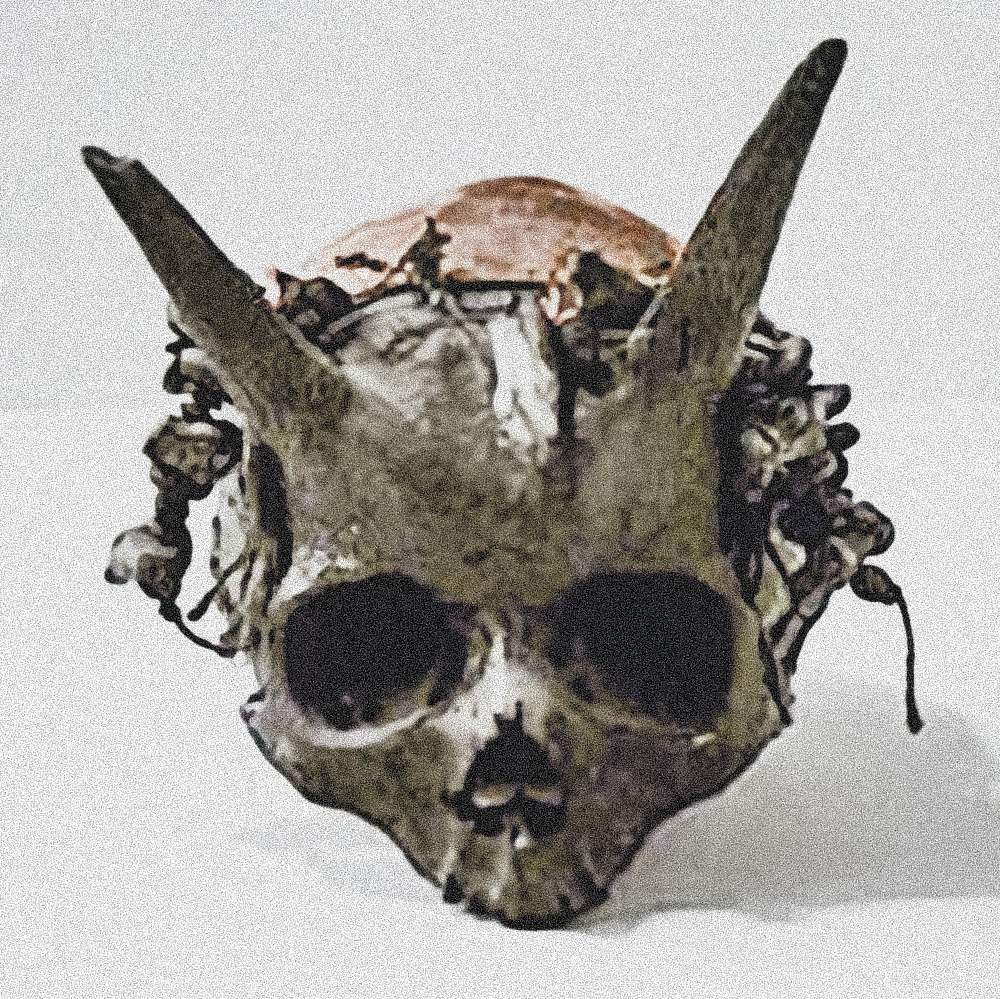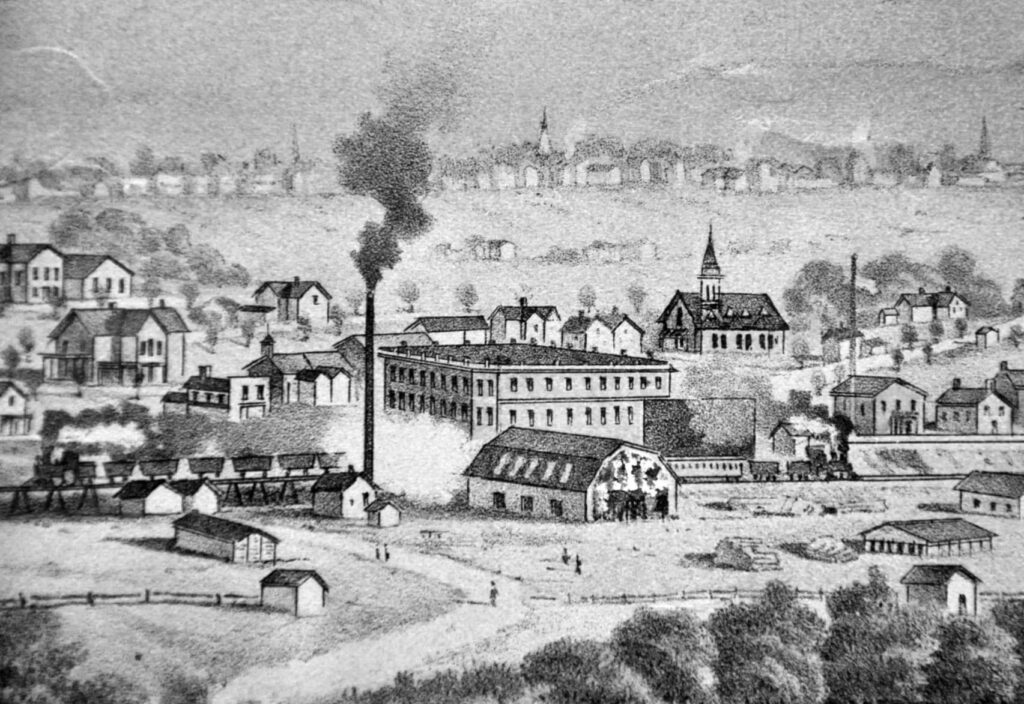Several human skulls were found during an archaeological dig at Sayre, Bradford County, Pennsylvania, in the 1880s. Except for the peculiarity of their projections, two prominent ‘horns’ two inches above the eyebrow, and the fact that their average height in life would have been about seven feet tall, these skeletons were anatomically accurate.

It was around the turn of the century, in the late 1880s. A party of scientists was on an expedition in Bradford County, Pennsylvania, near the New York state boundary in the state’s northeastern region.
The delegation, which included a Pennsylvania state historian, two professors, and a member of the Presbyterian church’s hierarchy, had traveled to Sayre after becoming intrigued by a succession of what seemed to be burial mounds.
Professors A.B. Skinner and W.K. Moorehead of the American Investigation Museum and Phillips Academy in Andover led their groups to the first of the mounds to commence meticulous excavation. What they discovered has baffled scientists for almost a century.
The crew discovered three male remains after painstakingly clearing away dirt and pebbles. skeletonsons’ burial date was believed to be around A.D. 1200. So far, nothing out of the ordinary. They measured the remnants and examined the structure more closely after that. The men were soon determined to be over seven feet tall, a height (in-group) unheard of in ancient times.

The ecstatic experts carefully packed the bones for shipment and delivered them to the American Investigation Museum in Philadelphia for deeper inspection. For months, experts at the site pondered about the odd remains.
The skulls were later alleged to have been misplaced, stolen, or lost from the museum. In their official excavation reports, neither Donehoo, Skinner, nor Moorehead mentioned the finding of any human bones at Sayre with gigantism or horned protrusions. And stories about this bizarre finding emerged in papers and periodicals, then vanished and were never seen again, taking with them the puzzle that will forever remain unresolved.























